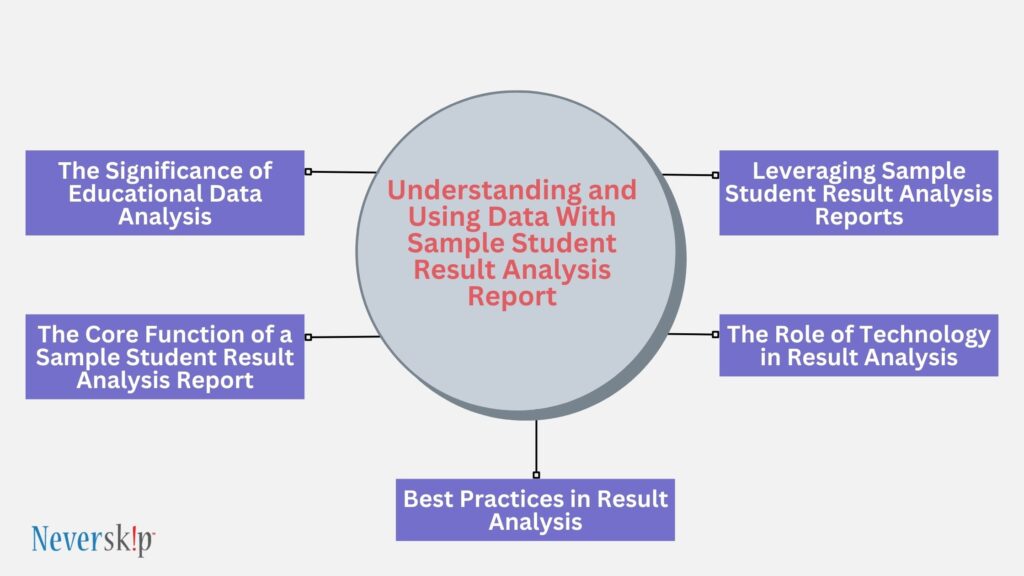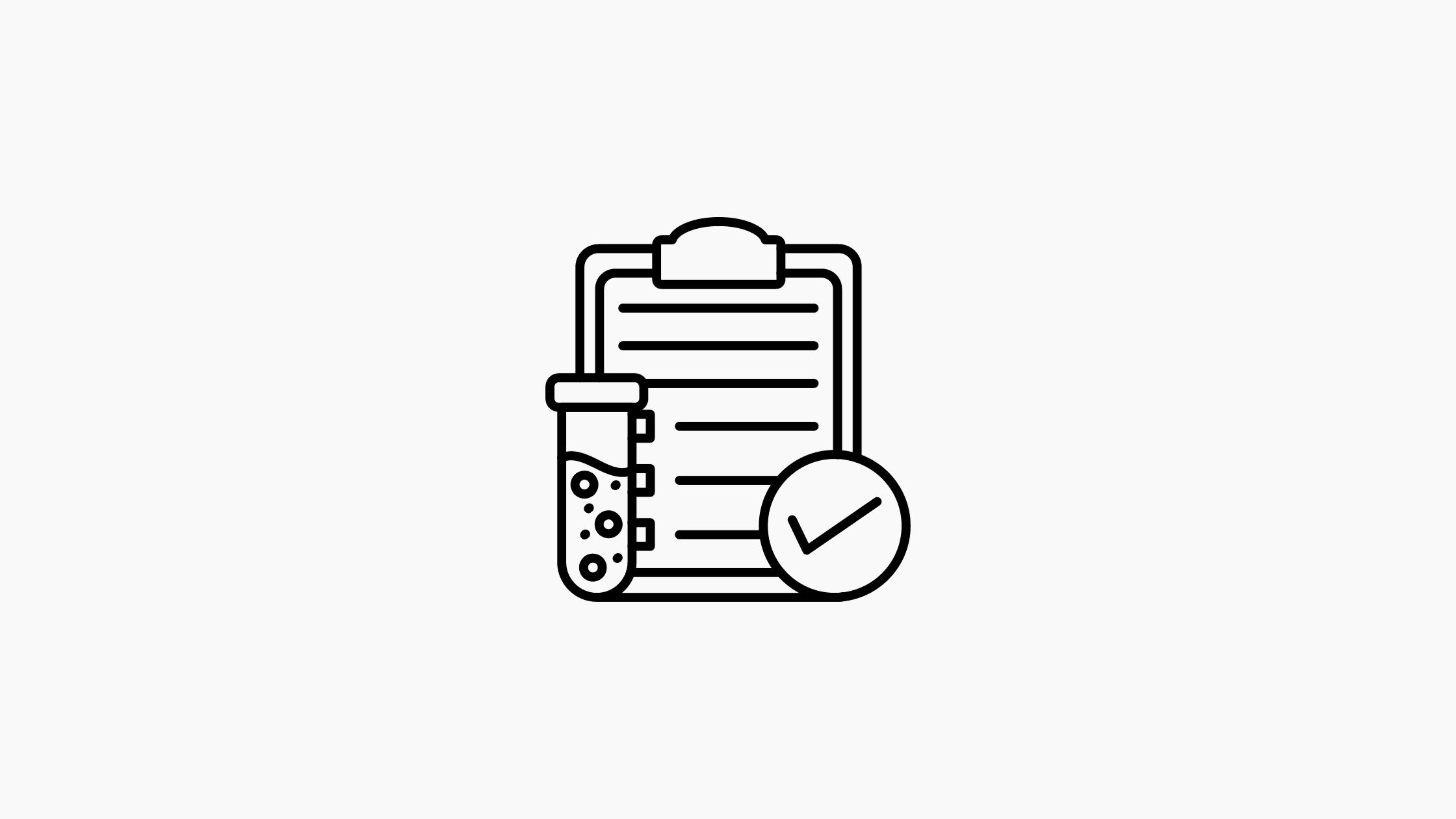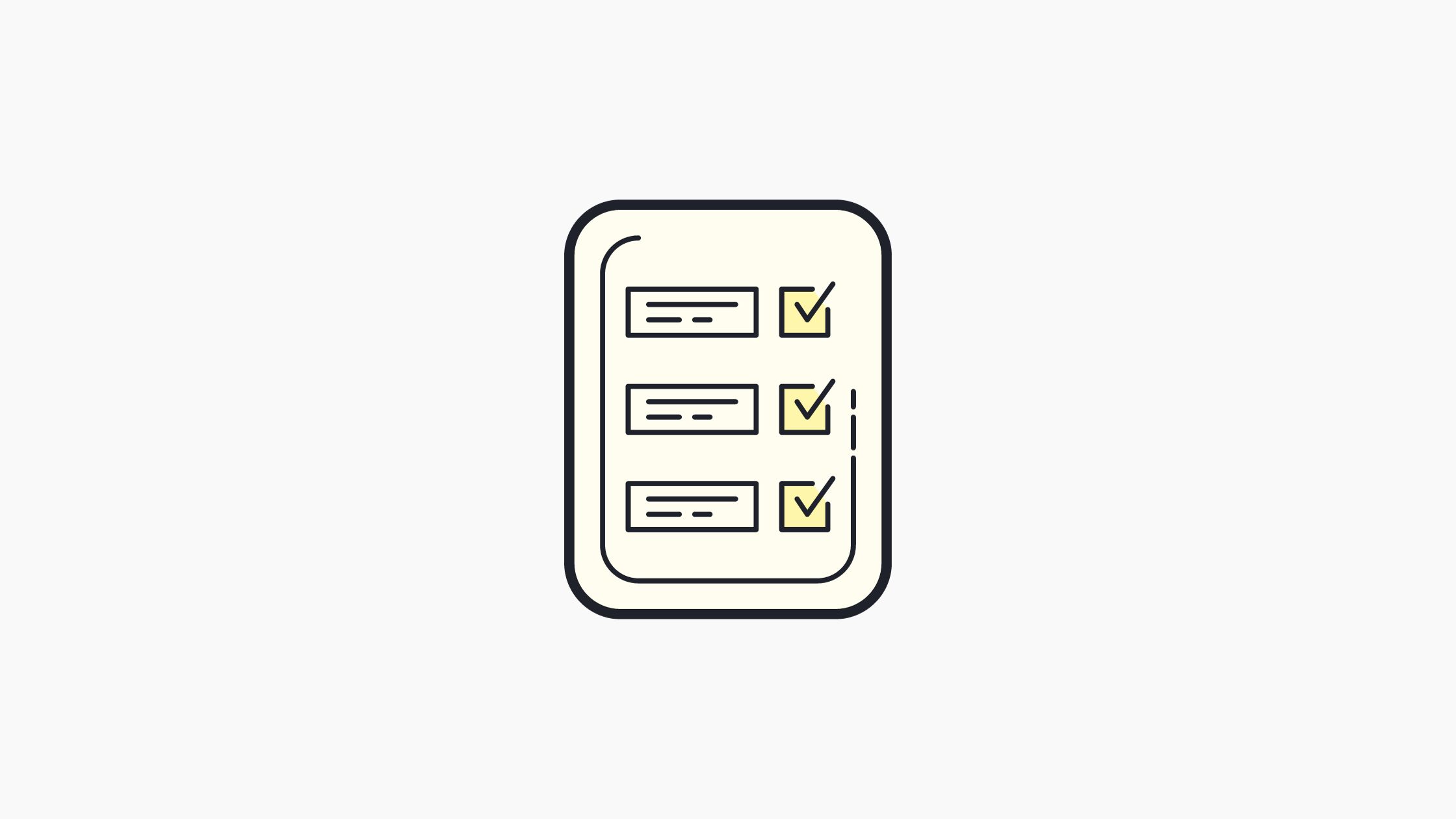Have you ever wondered how a simple set of numbers can hold the key to transforming the educational landscape?
The analysis of student results is an indispensable facet of academic progression and instructional enhancement. For educators, particularly school teachers and principals, comprehending the significance of dissecting student data is pivotal.
It forms the key pillar upon which the right decisions are made, tailored instruction is delivered, and institutional growth is fostered. In this age of data-driven decision-making, educators are tasked not only with imparting knowledge but also with nurturing individual student growth.
And to help you understand and leverage it better, in this blog, we will delve into the critical role that result analysis plays in shaping the academic landscape and how, with the right tools and methodologies, educators can unlock valuable insights from the data at their disposal.
Our journey will reveal that sample result analysis is not merely about scrutinizing scores but about gaining a comprehensive understanding of student performance patterns, identifying areas of strength and weakness, and tailoring educational approaches to cater to the unique needs of each student. Moreover, we will explore how the implementation of a robust result management system can streamline the process, allowing educators to focus more on meaningful data interpretation and less on administrative tasks.
So, let’s get started!
What Is a Sample Student Result Analysis Report?
A Sample Student Result Analysis Report, commonly known as a result analysis report, is a comprehensive document that provides an in-depth examination and interpretation of student performance data. This report serves as a valuable tool for educators, school administrators, and educational institutions to assess, understand, and make informed decisions based on students’ academic achievements.
This report typically includes a wide range of data, such as individual and group student test scores, grades, attendance records, and other relevant academic metrics. It aims to provide a clear and concise summary of student performance, allowing educators to identify trends, strengths, weaknesses, and areas that require improvement.
The key components of a Sample Student Result Analysis Report often include:
- Individual Student Performance: A breakdown of each student’s academic performance, highlighting their scores in various subjects or assessments. This allows educators to track individual progress and identify students who may need additional support.
- Group Performance Analysis: Comparative data on how different groups of students, such as grade levels, classes, or demographic groups, are performing. This helps in assessing the effectiveness of teaching methods and curriculum.
- Trend Analysis: An examination of performance trends over time, which can reveal improvements or declines in academic achievement. This data helps in making long-term adjustments to educational strategies.
- Areas of Strength and Weakness: Identification of specific subjects or skills where students excel or struggle. This information guides educators in tailoring their teaching approaches to meet the unique needs of each student.
- Recommendations for Improvement: Suggestions and strategies for enhancing overall academic performance, whether through curriculum adjustments, teacher training, or additional support for struggling students.
- Parental and Stakeholder Communication: Some reports may include sections dedicated to communicating student performance to parents, guardians, and other stakeholders, fostering transparency and collaboration.
See More: How To Configure Neverskip’s Result Management System for Mark Entry?
Understanding and Using Data With Sample Student Result Analysis Report

In today’s advanced educational sector, data has become an integral part of decision-making processes. Schools and educators are increasingly relying on data analysis to gain insights into student performance, identify areas for improvement, and inform instructional strategies.
One of the key tools in this endeavor is the Sample Student Result Analysis Report. In this comprehensive guide, we will delve into the world of educational data analysis, exploring how a Sample Student Result Analysis Report can be a powerful instrument for understanding and utilizing data effectively.
1. The Significance of Educational Data Analysis
a. Data-Driven Decision Making
Educational data analysis is about making informed decisions based on evidence rather than intuition alone. It empowers educators and school administrators to identify trends, set goals, and tailor instructional approaches to the unique needs of students.
b. Personalized Learning
Data analysis allows educators to recognize individual student strengths and weaknesses. This knowledge enables the customization of teaching strategies, ensuring that each student receives the support they require for academic growth.
c. Continuous Improvement
Data analysis fosters a culture of continuous improvement within educational institutions. By regularly assessing student performance and instructional outcomes, schools can refine their teaching methods and curriculum to enhance overall effectiveness.
2. The Core Function of a Sample Student Result Analysis Report
A Sample Student Result Analysis Report is a comprehensive document that provides a detailed examination of student performance data. This report serves as a bridge between raw data and actionable insights, enabling educators and administrators to make informed decisions. Let’s explore the key functions of this report.
a. Individual Student Performance
The report typically includes an overview of individual student performance, showcasing scores, grades, attendance records, and other relevant academic metrics. This section allows educators to track the progress of each student.
b. Group Performance Analysis
Comparative data on various student groups, such as grade levels, classes, or demographic groups, helps schools assess the effectiveness of their teaching methods and curriculum. It highlights areas where specific groups may require additional support.
c. Trend Analysis
Trend analysis examines performance patterns over time, revealing improvements or declines in academic achievement. This data helps in making long-term adjustments to educational strategies.
d. Areas of Strength and Weakness
Identification of subjects or skills where students excel or struggle is a crucial component of the report. This information guides educators in tailoring their teaching approaches to address individual and collective needs.
e. Recommendations for Improvement
Sample Student Result Analysis Reports often include recommendations and strategies for enhancing overall academic performance. These suggestions may involve curriculum adjustments, teacher training, or additional support for struggling students.
f. Parental and Stakeholder Communication
Some reports dedicate sections to communicating student performance to parents, guardians, and other stakeholders. This fosters transparency, collaboration, and shared responsibility for student success.
3. Leveraging Sample Student Result Analysis Reports
Now let’s explore how educators and school administrators can leverage these reports effectively.
a. Informed Instructional Strategies
The data provided in these reports can be invaluable in shaping instructional strategies. Educators can use the insights gained to adapt their teaching methods, ensuring that they cater to the diverse learning needs of their students.
b. Early Intervention
Identifying areas of weakness in student performance allows schools to implement early intervention strategies. This proactive approach helps prevent academic challenges from escalating and ensures that students receive timely support.
c. Resource Allocation
Schools can use the data to allocate resources efficiently. For example, if a particular grade level consistently performs below expectations in mathematics, the school can allocate additional resources, such as specialized math teachers or tutoring programs, to address this issue.
d. Goal Setting
Data analysis enables schools to set realistic and achievable academic goals. These goals can be both short-term and long-term, driving continuous improvement efforts.
e. Monitoring Progress
Sample Student Result Analysis Reports provide a baseline for monitoring student progress. Schools can track whether implemented strategies are yielding positive outcomes and adjust their approaches as needed.
f. Engaging Stakeholders
Sharing these reports with parents, guardians, and other stakeholders fosters a sense of collaboration and shared responsibility for student success. It keeps all parties informed and engaged in the educational journey.
4. The Role of Technology in Result Analysis
In the digital age, technology plays a pivotal role in streamlining the result analysis process. Educational institutions are increasingly adopting result management systems to enhance efficiency and accuracy.
a. Automated Data Compilation
Result management systems can automatically compile and organize student data, reducing the time and effort required for manual data entry.
b. Real-time Access
Educators and administrators can access student performance data in real-time, allowing for immediate response to emerging trends or concerns.
c. Data Visualization
These systems often incorporate data visualization tools, such as charts and graphs, to make complex data more understandable and actionable.
d. Customization
Digital result management solutions can be tailored to the specific needs of an educational institution, accommodating different grading systems, assessment types, and reporting formats.
e. Secure Data Handling
Maintaining the security and confidentiality of student data is paramount. Result management systems are designed to ensure data privacy and compliance with relevant regulations.
5. Best Practices in Result Analysis
To maximize the benefits of Sample Student Result Analysis Reports, educational institutions should adhere to certain best practices.
a. Regular Data Updates
Frequent data updates ensure that educators have access to the most current information. Regular updates also enable timely intervention when necessary.
b. Training and Professional Development
Educators should receive training on data analysis techniques and result management system usage. Professional development opportunities can enhance data literacy.
c. Collaboration and Feedback
Fostering collaboration among teachers, administrators, and other stakeholders promotes a holistic approach to result analysis. Encouraging feedback and discussions can lead to more effective strategies.
d. Long-term Planning
Result analysis should be part of a long-term planning process. Educational institutions should set clear goals, implement strategies, and regularly assess progress.
e. Data Ethics
Maintaining ethical standards in data handling and reporting is crucial. Schools should prioritize data privacy and confidentiality.
See More: Customizing Online Result Management Systems to Your Institution’s Needs
To Conclude,
Undoubtedly, Sample Student Result Analysis Reports are invaluable tools that empower educators and school administrators to make data-driven decisions, enhance teaching and learning, and drive continuous improvement in education.
By understanding the significance of data analysis, leveraging the capabilities of result management systems, and following best practices, educational institutions can harness the power of data to create a brighter future for their students. In this data-driven era, the quest for educational excellence begins with a deep understanding of student performance data and its transformative potential.
Utilizing the Neverskip Result Management System simplifies the process, enabling educators to efficiently analyze and utilize student performance data for informed decision-making and improved academic outcomes.








